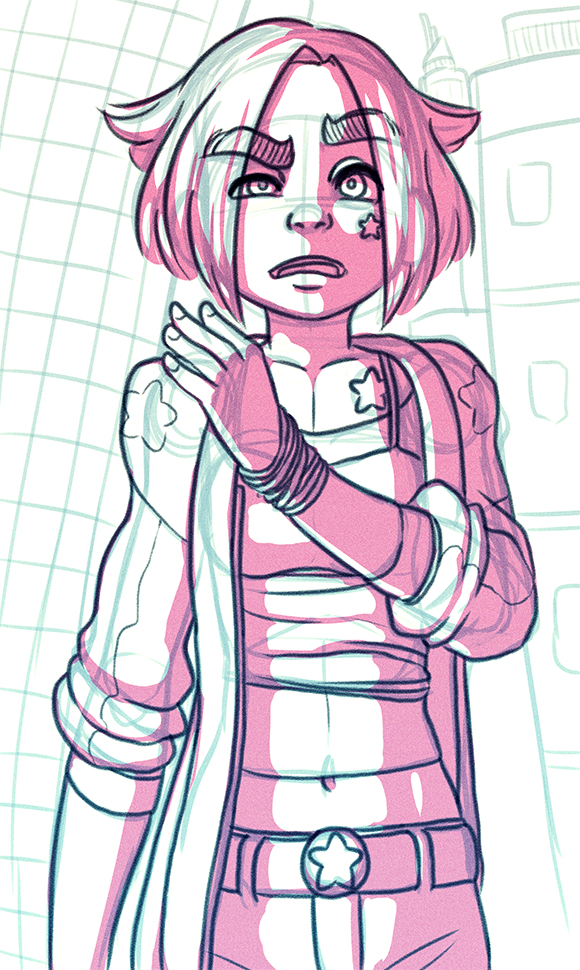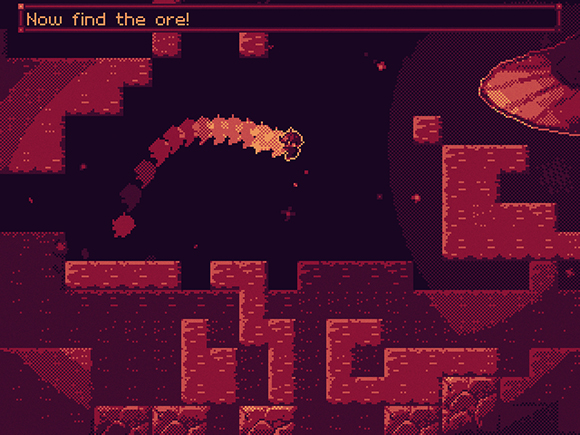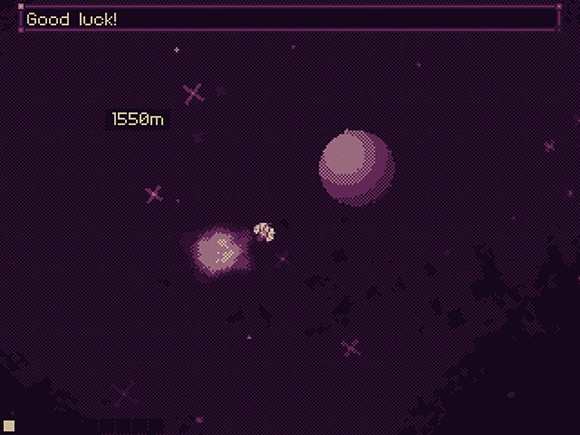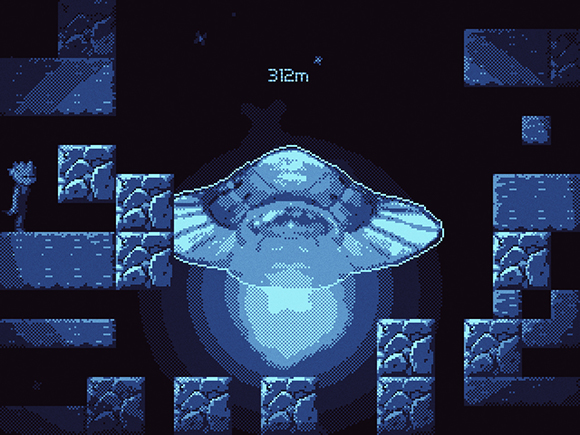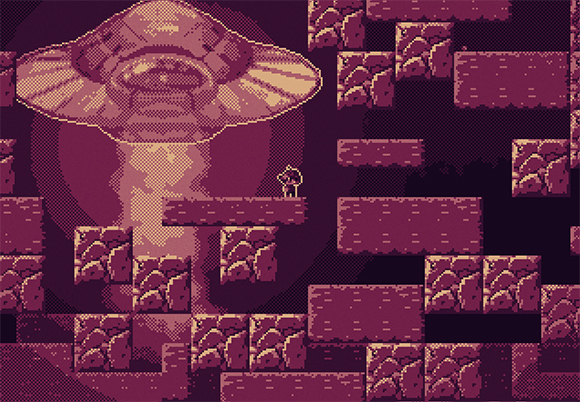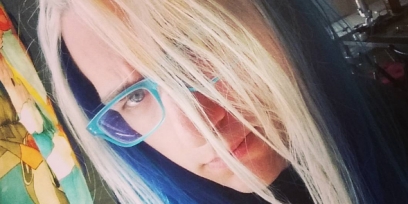Game Jam Procedural Generation Part III
In the last episode of Game Jam Procedural Generation I talked a lot about generating the base of the platforming level in Starforger II, and carving out rooms into the ground of the level.
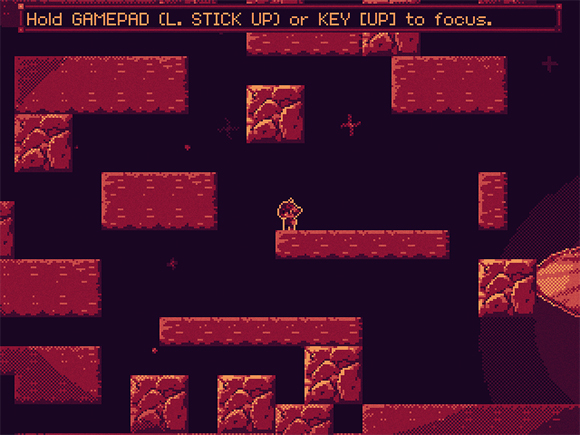
So now we have a basic level that with a bunch of empty rooms below the ground. The next step is going to be connecting those rooms together. To do this I built a quick class called a TunnelSnake (tunnel snakes rule) to dig tunnels from any point on the map to any other point. Here's the full source of that class:

So now we have a basic level that with a bunch of empty rooms below the ground. The next step is going to be connecting those rooms together. To do this I built a quick class called a TunnelSnake (tunnel snakes rule) to dig tunnels from any point on the map to any other point. Here's the full source of that class:
class TunnelSnake {
public int X;
public int Y;
public int Width = 1;
public int Height = 2;
public int EndX;
public int EndY;
int verticalSteps;
int verticalStepMax = 4;
int forceHorizontal = 0;
int forceHDirection = 1;
public TunnelSnake(int x, int y, int endX, int endY) {
X = x;
Y = y;
EndX = endX;
EndY = endY;
}
public void Dig(GridCollider grid) {
while (X != EndX || Y != EndY) {
grid.SetRect(X, Y, Width, Height, false);
if (Rand.Chance(50) || forceHorizontal > 0) {
if (forceHorizontal > 0) {
X += forceHDirection;
Height = 2;
X = (int)Util.Clamp(X, 2, grid.TileColumns - 2);
}
else {
X += Math.Sign(EndX - X);
}
forceHorizontal--;
if (forceHorizontal == 0) {
verticalSteps = 0;
}
}
else {
verticalSteps++;
Y += Math.Sign(EndY - Y);
if (verticalSteps == verticalStepMax) {
forceHorizontal = Rand.Int(3, 15);
forceHDirection = Rand.Sign;
}
}
if (Rand.Chance(50)) {
if (Rand.Chance(50)) {
Width += Rand.Sign;
Width = (int)Util.Clamp(Width, 1, 5);
}
if (Rand.Chance(50)) {
Height += Rand.Sign;
Height = (int)Util.Clamp(Height, 2, 6);
}
}
}
}
}
No Comments








